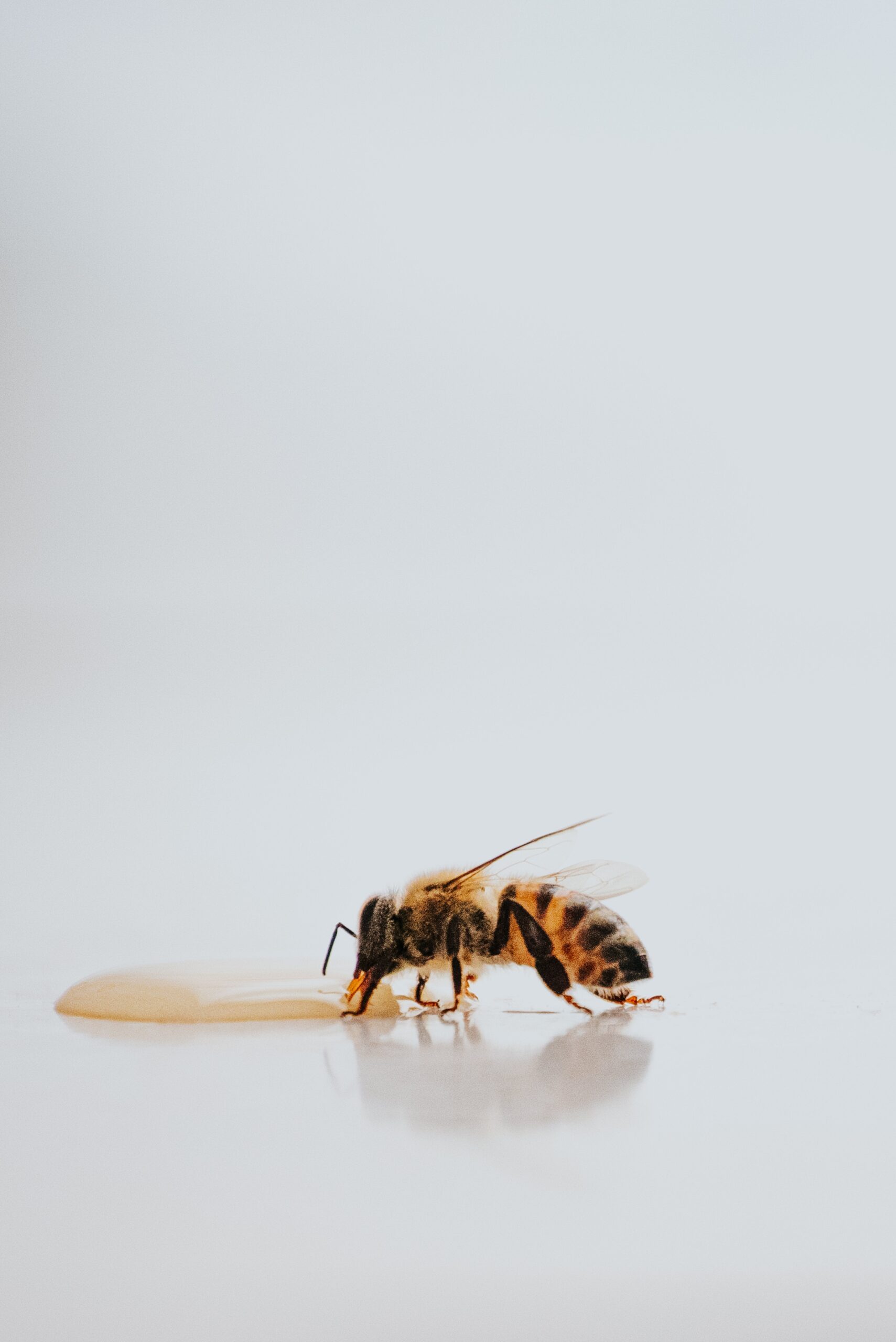Discover What Is the 5 Differences Between Raw Honey and Processed Honey
Not all honey is the same. In fact, each type comes with its own set of advantages. Discover the differences between raw and processed honey here.
Honey is a great alternative to processed sweeteners and a star ingredient in many beloved dishes.
However, there are two different types of honey that might look similar at a glance, yet they couldn’t be more different.
Here, we’ll dive into the differences between raw and processed honey to help you make an informed choice between them.
But What’s The Difference? 5 Ways Raw Honey and Processed Honey Are Different

Nutritional Value
Raw honey retains all its natural vitamins, minerals, antioxidants, and enzymes because it’s unprocessed and therefore not exposed to high temperatures. On the other hand, processed honey undergoes a heating and filtering process that can strip it of some of these nutritional benefits.
So if you’re looking for a healthier sweetener, raw honey is typically the ideal option as long as you make sure you’re buying quality honey from the start.
Appearance and Texture
Raw and processed honey vary in appearance due to their distinct processing methods. Raw honey is usually cloudier and has a thicker consistency due to the presence of bee pollen and tiny wax particles from the beehive.
Processed honey is transparent in appearance and syrupy in texture, as it undergoes filtering to remove impurities and the occasional air bubbles.
These differences in appearance and texture contribute to the unique culinary experiences of each type of honey.
Flavor Profile
Raw honey offers a rich, complex, multidimensional flavor. Because it’s unprocessed, you can taste subtle hints of the flowers that the bees used to make the honey.
Many raw honeys feature floral, fruity, or even nutty flavors.
Processed honey, on the other hand, tends to have a more uniform flavor, losing a bit of the floral nuances found in its raw counterpart. If you’re a true connoisseur of honey, raw honey will bring a delectable taste experience to your palate.
Shelf Life
Another noteworthy difference between raw and processed honey is its overall shelf life. This is where processed honey has the upper hand due to its lower moisture content and sterilized state post–heat treatment.
Raw honey can crystallize over time, giving it a grainy texture. However, this doesn’t mean it has gone bad; simply placing the jar of crystallized honey in a warm water bath can return it to its original smooth state.
Usage in Recipes
Raw and processed honey are both wonderful additions to your home cooking, but they have their own strengths.
Raw honey is perfect for using in recipes that don’t require heating, such as salad dressings or toppings for yogurt or toast. Processed honey works better in recipes that call for cooking or baking, as it assimilates seamlessly into the mix.
Now that you know the key differences between raw and processed honey, you can make an informed choice on which one to use in your culinary adventures.
Each type has its own unique benefits, so try experimenting with both. You might find the perfect solution for all your snacks and meals.
Recipes to Try:
- Easy to Make Dessert: Honey and Peach Sorbet Recipe
- Rosemary and Honey Ice Cream Recipe
- Simple and Easy to Make Honey Lamb Kabobs

Stacey is a Southern girl with a taste for travel, thriving on the discovery of the world through food. After spending many years traveling and living overseas, she’s now back home in her beloved deep south enjoying life with her three little ones and loving the adventure. She’s a food stylist and food photographer, as well as, the creative behind Little Figgy Food, where she loves to inspire others to try new flavors and foodie techniques.






